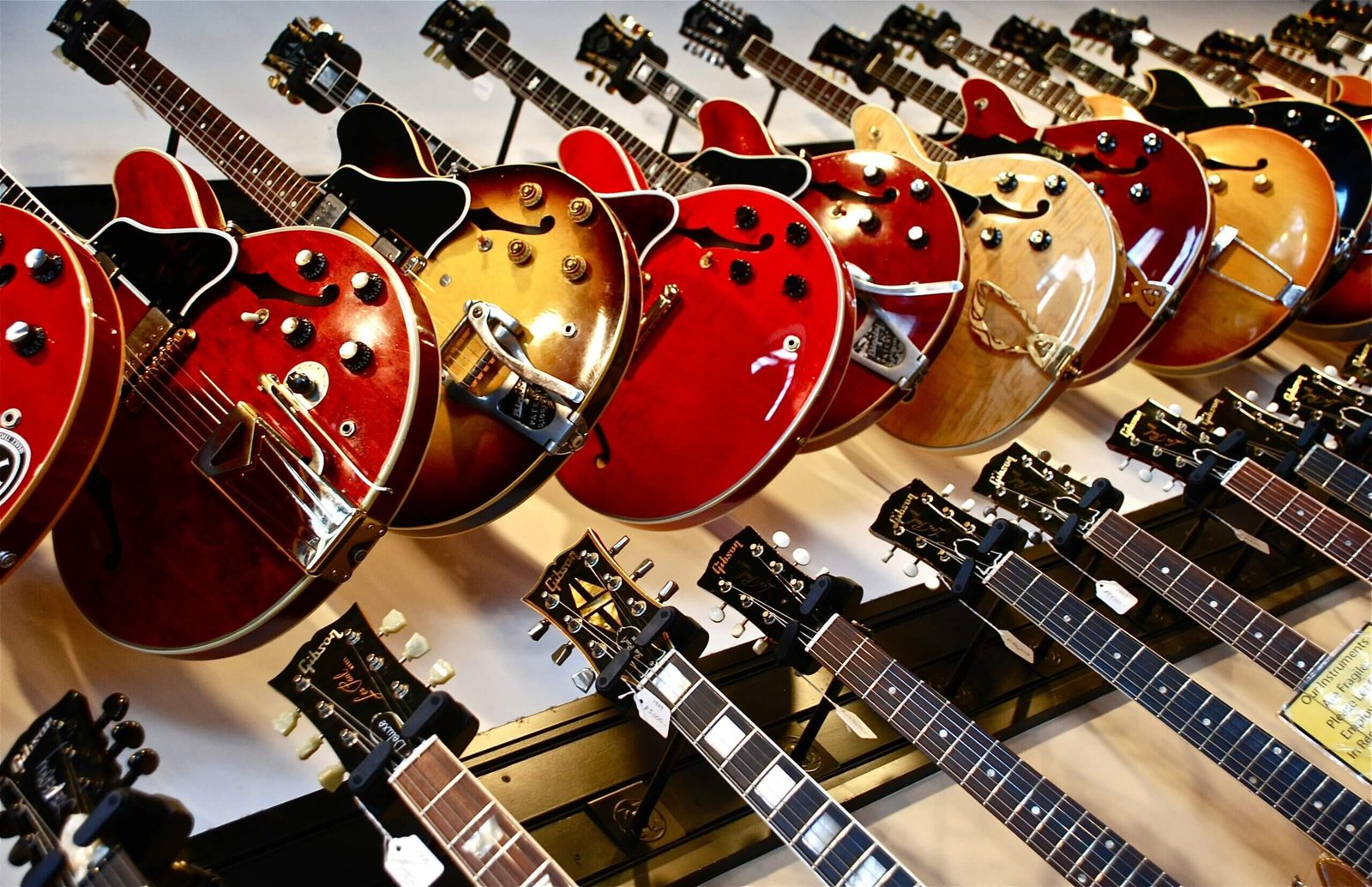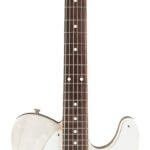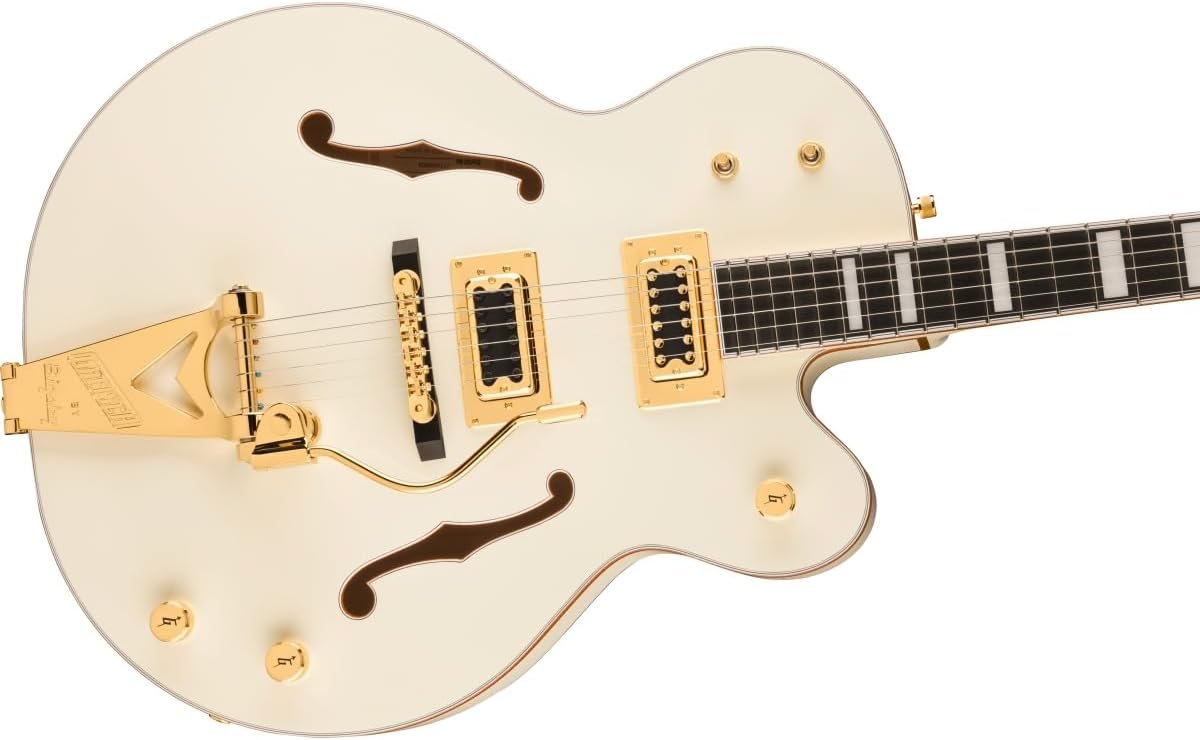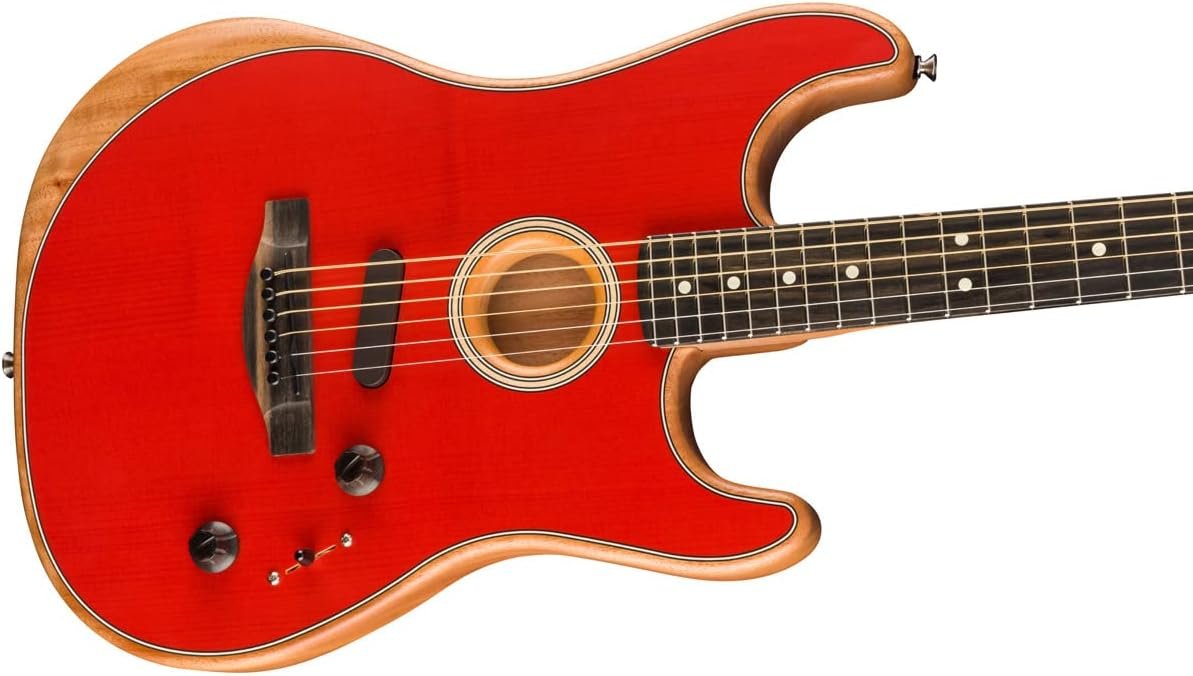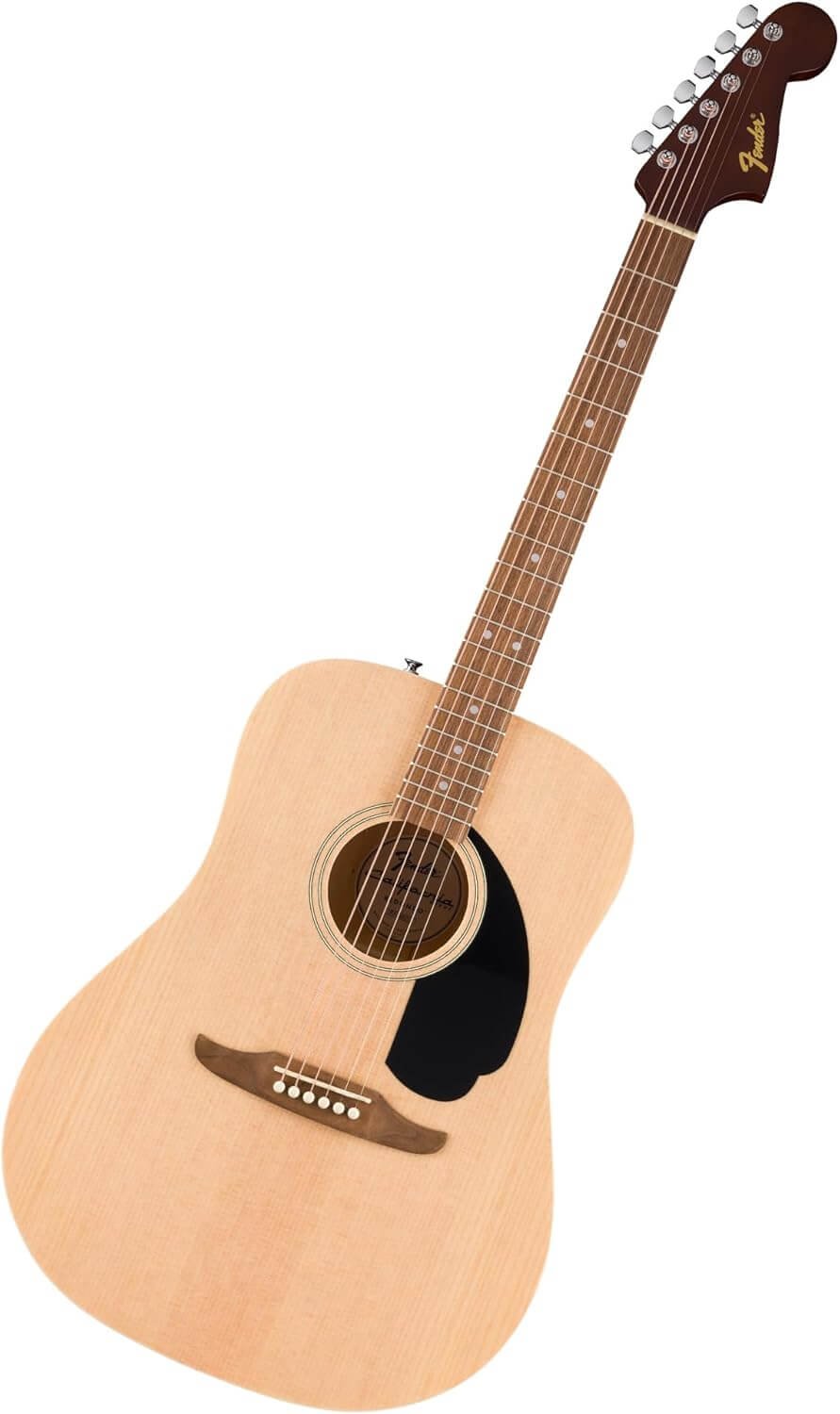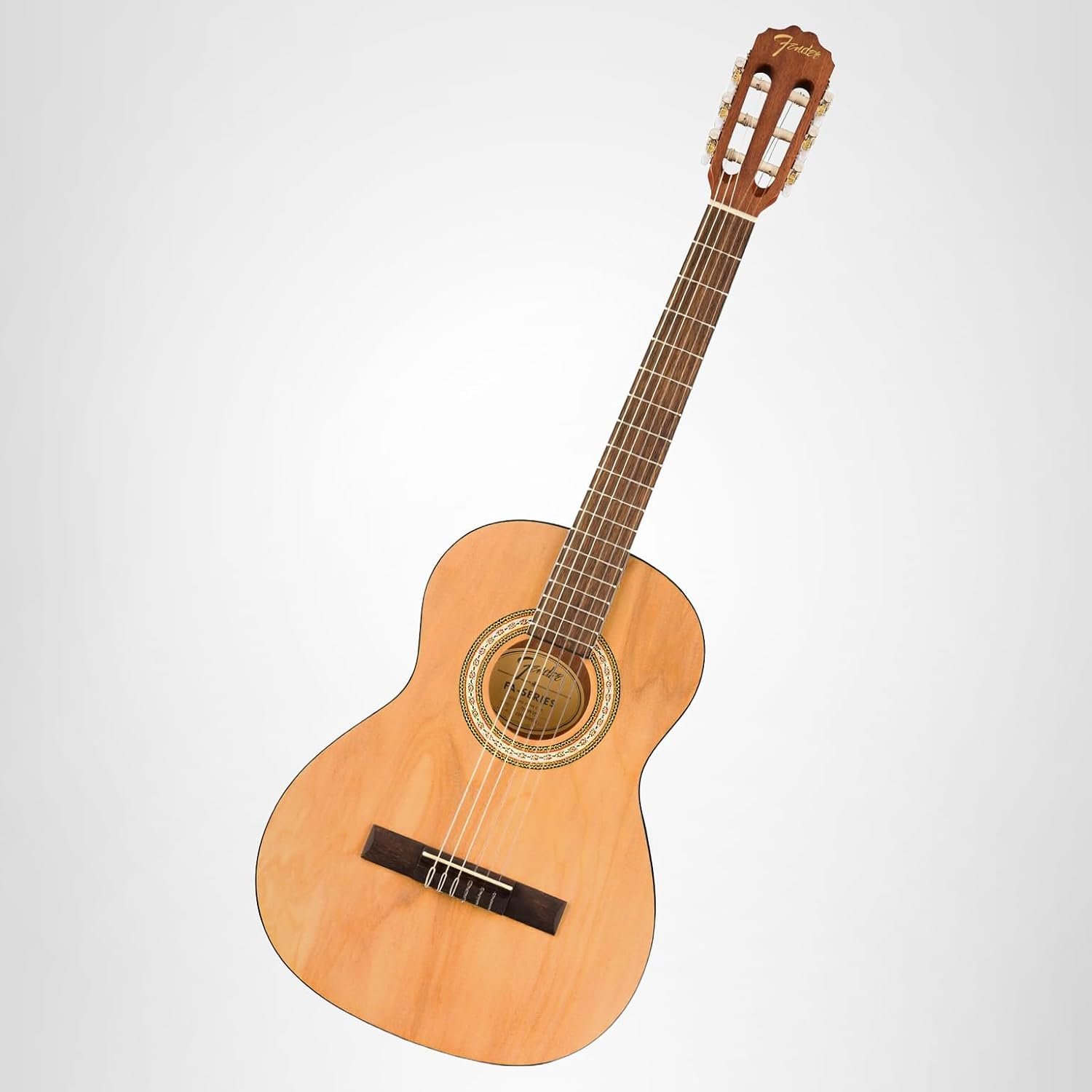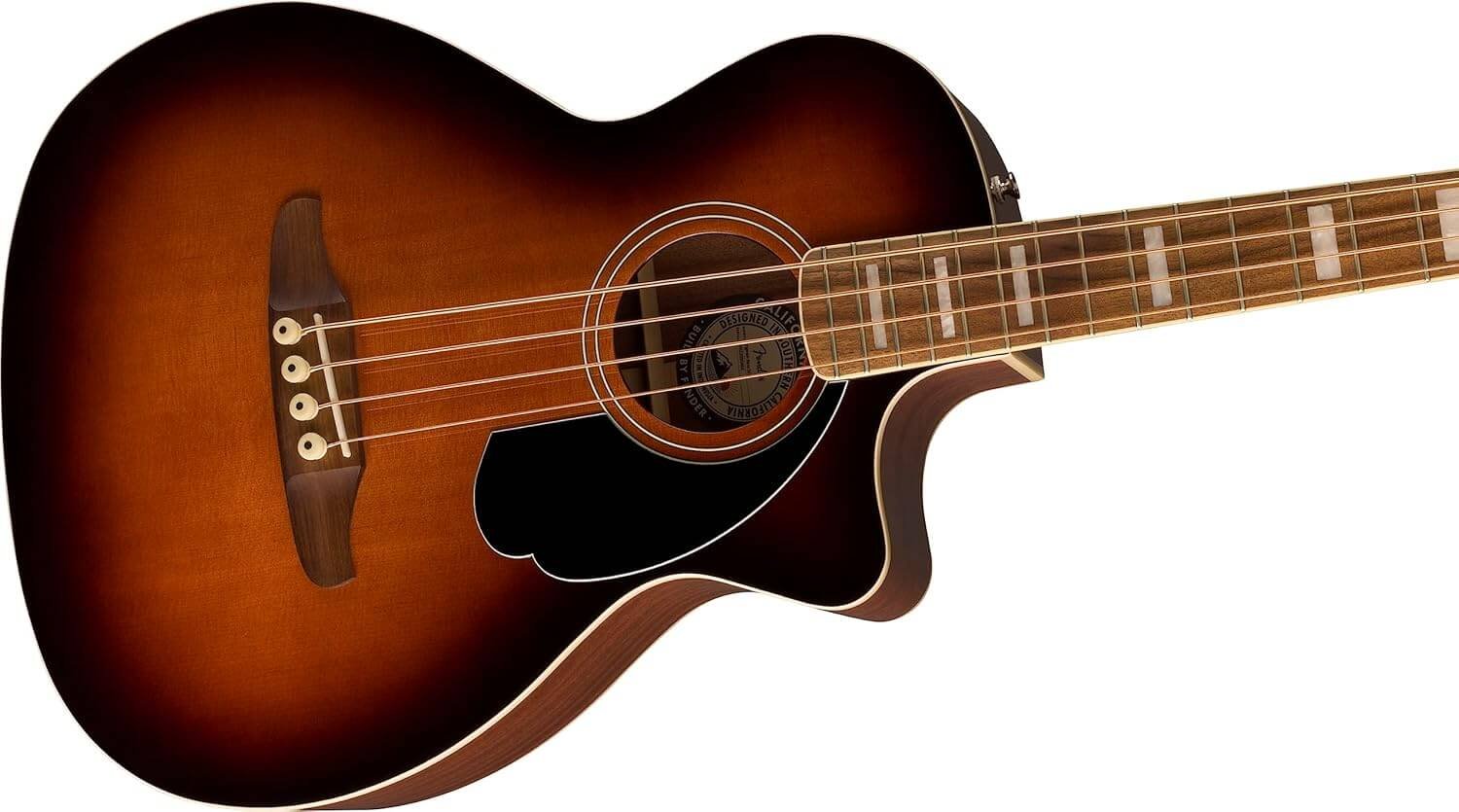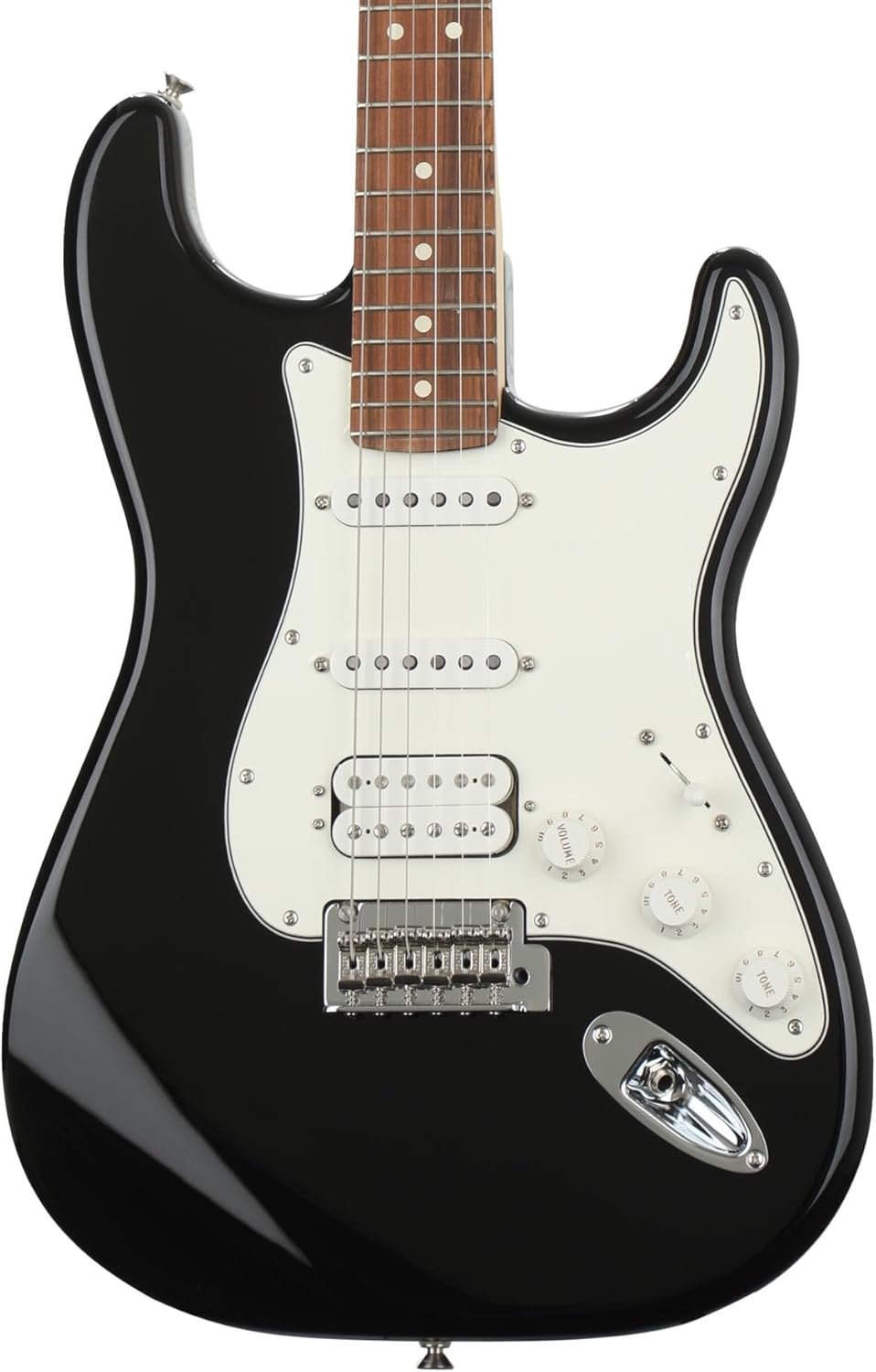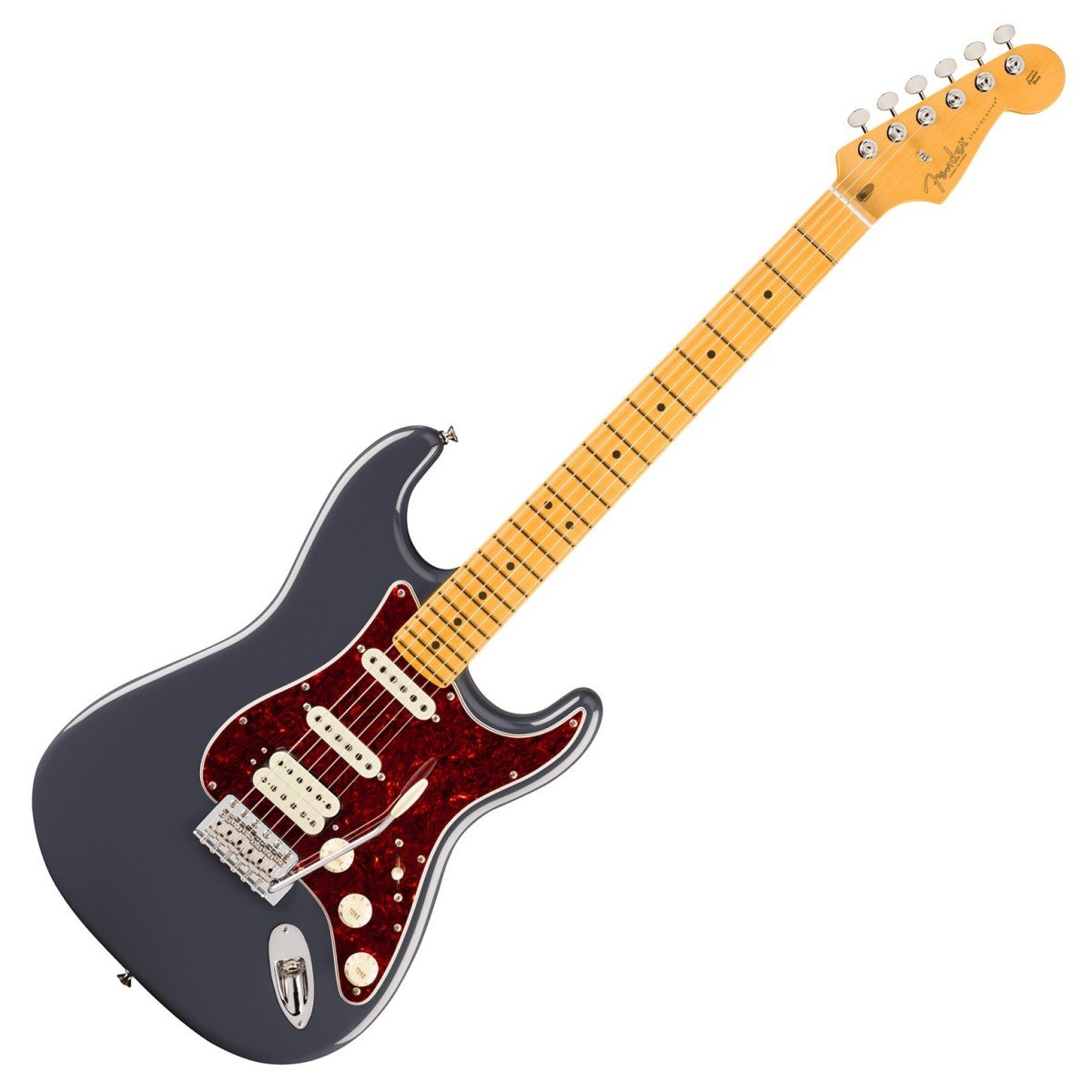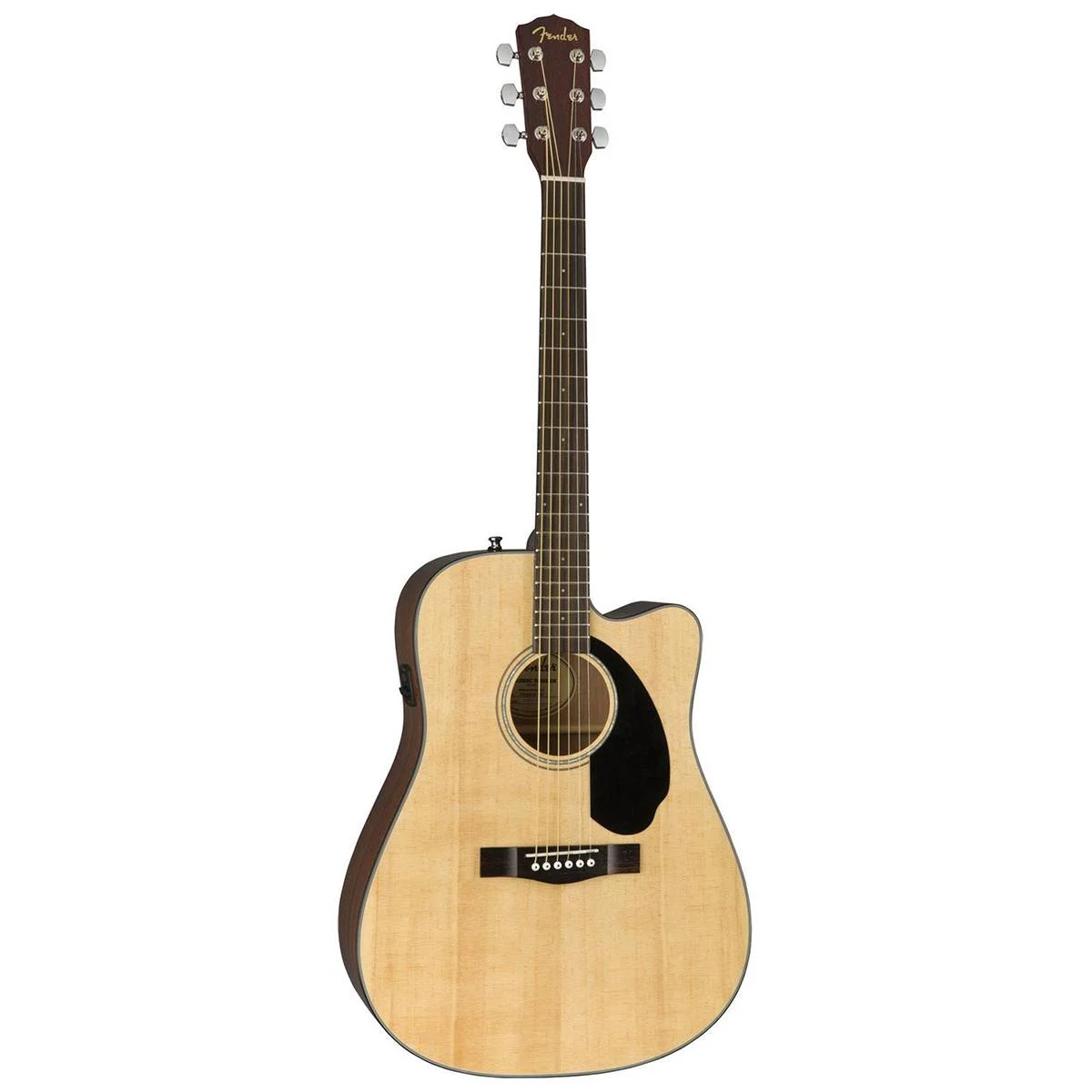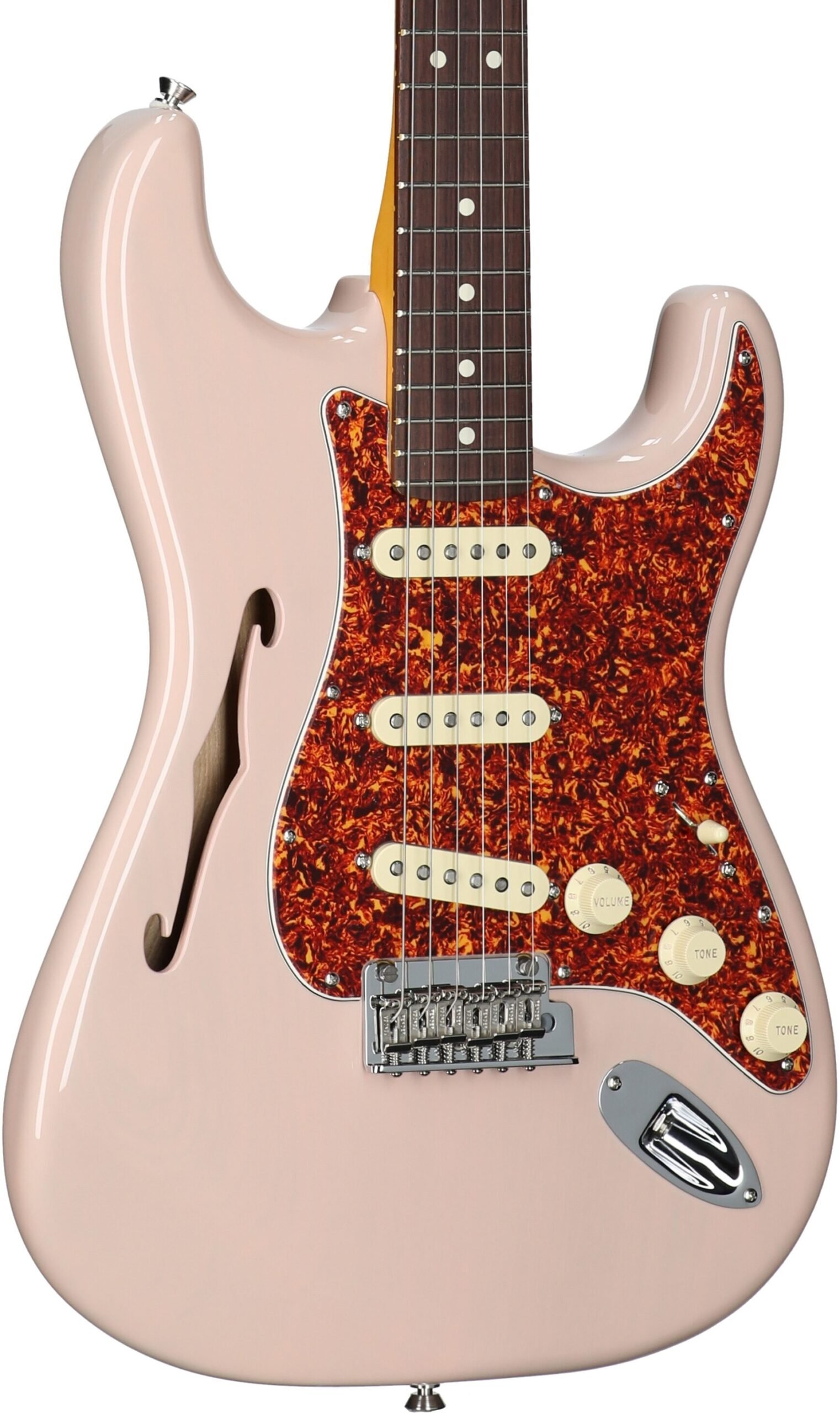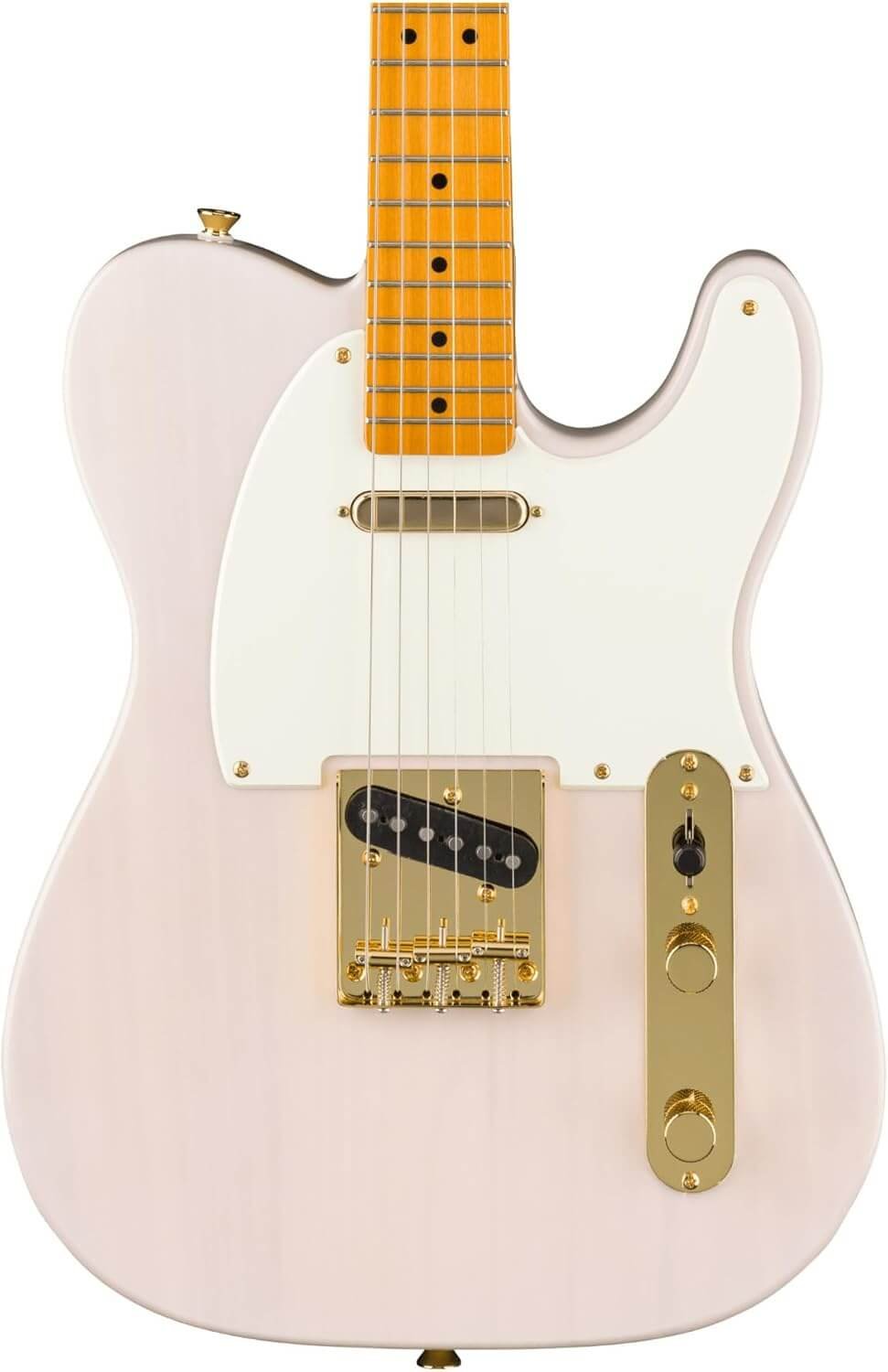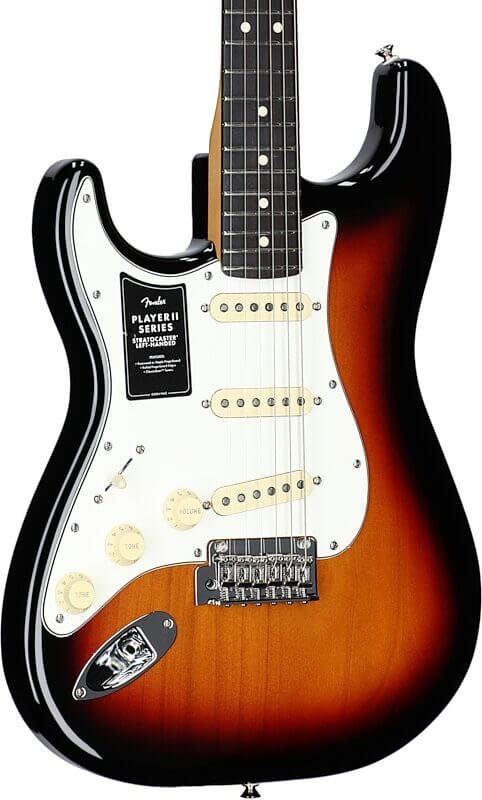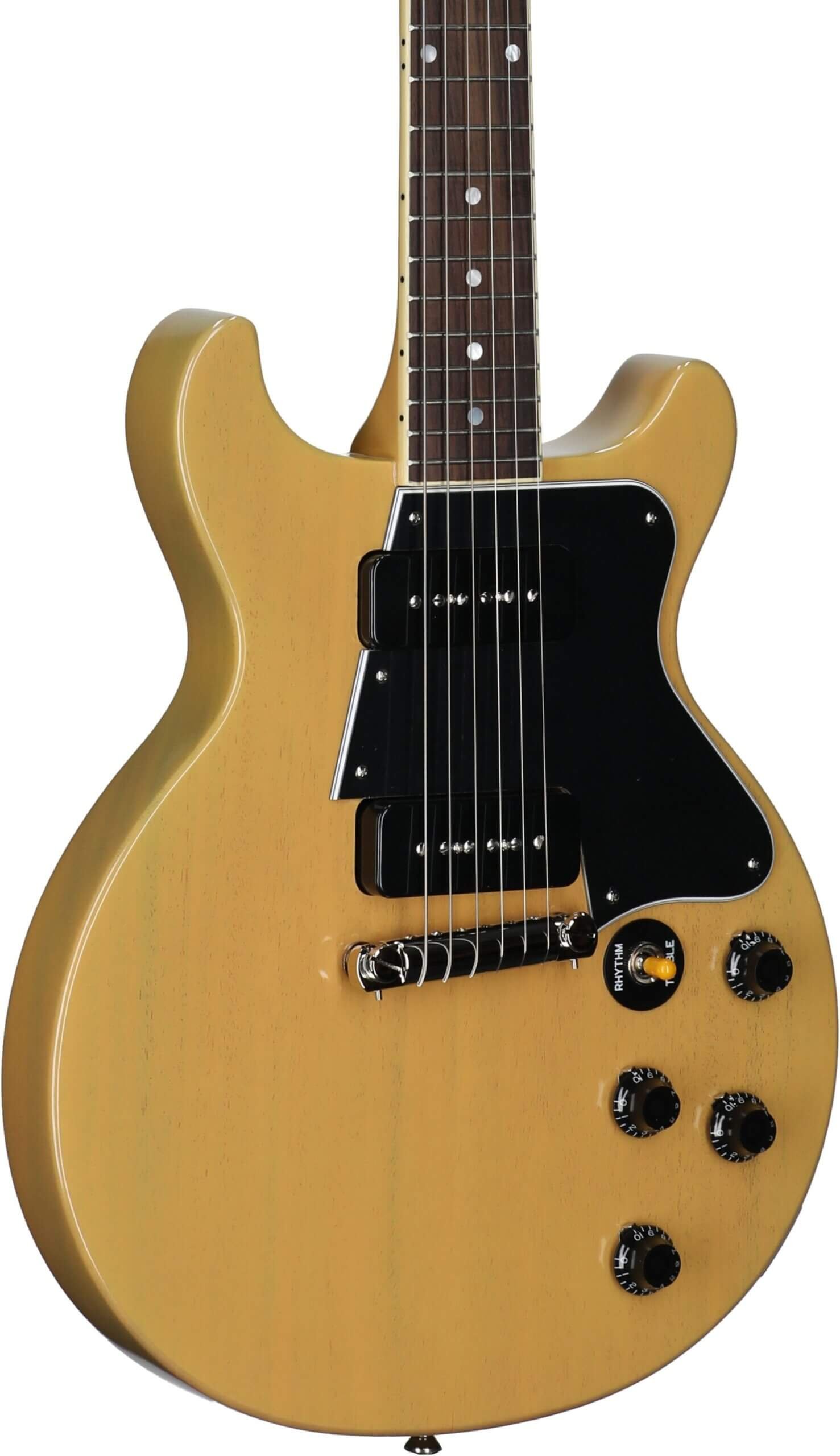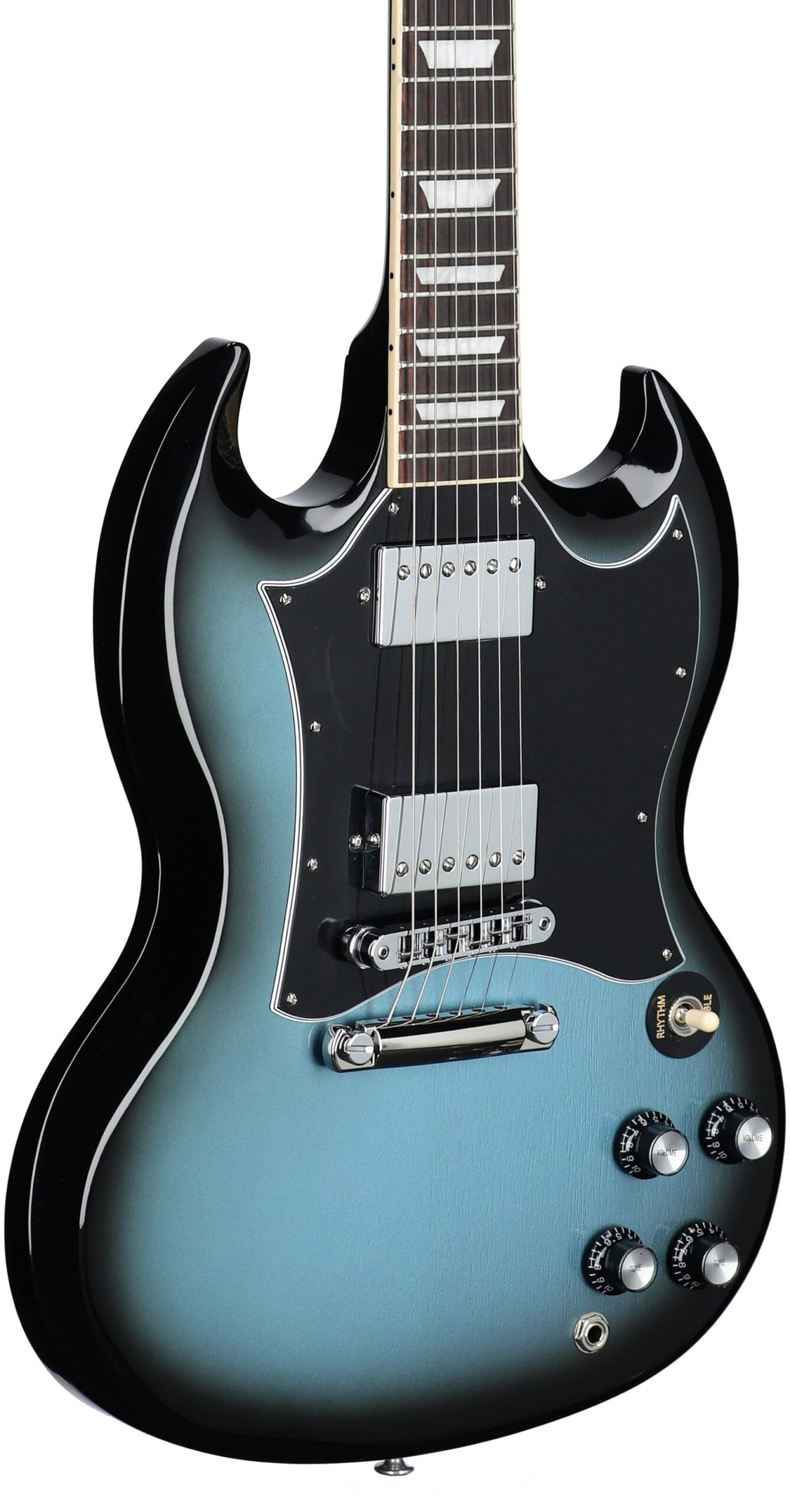Introduction to Electric Guitars
The electric guitar is an iconic instrument that has dramatically transformed the landscape of modern music. Its evolution began in the 1930s when the need for amplified sound became apparent among musicians in bands. With the advent of magnetic pickups, the electric guitar allowed for greater volume and distinct tonal possibilities compared to its acoustic counterpart. This marked a pivotal moment in music history, paving the way for genres such as rock, blues, jazz, and pop to flourish.
As the electric guitar gained popularity, several key models emerged, each contributing uniquely to the instrument’s legacy. For instance, the Fender Stratocaster and the Gibson Les Paul have become symbols not only of quality craftsmanship but also of cultural movements. These guitars have been central to the sound of countless influential artists, from Jimi Hendrix to Eric Clapton, solidifying their place in the pantheon of essential musical equipment. Their construction and design have allowed for a wide range of playing styles and expressive techniques, making them suitable for both novice guitarists and seasoned performers.
The significance of electric guitars extends beyond their technical attributes; they have become a representation of individuality and artistic voice. For amateur musicians, the electric guitar serves as an accessible entry point into the world of music, offering the opportunity to explore creative expression. Conversely, professional musicians rely on the electric guitar’s versatility to create distinctive sounds that resonate with audiences worldwide. Thus, it is clear that the electric guitar is not merely a tool for sound production; it embodies a rich history and cultural significance that continues to inspire musicians across genres.
Criteria for Selection
The selection of the top five electric guitars hinges on a range of criteria that encapsulate not only their musical capabilities but also their impact on the wider cultural landscape. First and foremost, historical significance plays a pivotal role. This includes the timeline of each instrument, the era it represents, and its contribution to the evolution of music. For instance, many guitars that gained prominence in the mid-20th century have become synonymous with significant movements such as rock, blues, or jazz, reflecting the changing dynamics of popular music.
Another essential criterion is influence on musical styles. An electric guitar’s sound, playability, and design can fundamentally alter how genre definitions are perceived. Instruments that have shaped music genres—be it the distortion-laden tones of rock or the smooth jazz chords—demonstrate the profound relationship between guitar and style. Many guitars on our list have served as the foundational tools for iconic musicians, thus establishing their place in both music history and contemporary performance.
The popularity of these guitars among musicians, both past and present, also deserves attention. A guitar that is beloved by a multitude of artists, spanning various genres, becomes a universal symbol of musical creativity. This widespread appeal helps maintain its relevance across generations, ensuring that it occupies a significant space in the minds of fans and aspiring musicians alike.
Lastly, technological innovations in guitar design—from pickups to body shape—contribute to our selection process. Instruments that showcase groundbreaking advancements often set the standards for future models, further solidifying their historical relevance. By examining these elements, we can better understand why each of the top five electric guitars holds a place of esteem in the world of music.
Fender Stratocaster
The Fender Stratocaster, an iconic electric guitar, has secured its place in music history since its introduction in 1954. Renowned for its contoured body, the Stratocaster’s design balances comfort and playability, an essential feature for both beginners and seasoned professionals. The instrument is characterized by its three single-coil pickups, which deliver a bright, clear tone with exceptional articulation. This distinctive sound palette allows players to explore various genres, from rock and blues to jazz and country, making it a versatile choice for musicians.
The Stratocaster’s tonal quality is further enhanced by its unique switching system, which provides players with five pickup configurations. This feature allows for a wide range of sound options, giving guitarists the ability to craft their perfect tone. The presence of a tremolo arm also adds to its appeal, permitting dynamic pitch variations and expressive playing techniques. As a result, the Fender Stratocaster has become a favorite instrument among numerous groundbreaking artists throughout the decades.
Legendary guitarists such as Jimi Hendrix and Eric Clapton have famously utilized the Stratocaster to develop their signature sounds. Hendrix’s use of the instrument during his performances, particularly at the Woodstock Festival in 1969, showcased the guitar’s expressive capabilities and solidified its status within the music industry. Similarly, Eric Clapton’s affinity for the Stratocaster is well-documented, with his iconic performances defining the sound of blues-rock. These influential players, along with countless others, have contributed to the electric guitar’s legacy, ensuring that the Fender Stratocaster remains a cherished and sought-after instrument among musicians worldwide.
The Gibson Les Paul
The Gibson Les Paul is widely regarded as one of the most iconic electric guitars of all time. First introduced in the early 1950s, this instrument was named after the legendary musician and inventor Les Paul, who collaborated with Gibson to create a guitar that would redefine the standards of electric guitar construction and sound. The body of the Les Paul is typically crafted from a solid mahogany core with a carved maple top, which contributes to its renowned tonal characteristics. This combination not only provides a rich, warm sound but also enhances sustain, making it a favorite among musicians across various genres.
The tonal qualities of the Gibson Les Paul are often described as thick, creamy, and powerful, which can be attributed to its humbucking pickups. These pickups help to eliminate unwanted feedback and noise while producing a warm, robust output that is especially suited for rock and blues music. The versatility of the Les Paul allows players to achieve a wide range of tones, accommodating everything from smooth melodic lines to heavy distorted riffs. As a result, it has become a staple in countless genres, influencing countless musicians throughout the decades.
Iconic guitarists such as Slash from Guns N’ Roses and Les Paul himself have helped cement the Les Paul’s position in music history. Slash’s use of the guitar has contributed to its legendary status, showcasing its raw power and expressive capabilities in songs like “Sweet Child O’ Mine.” Les Paul’s innovative spirit not only brought the guitar into the limelight but also paved the way for future advancements in electric guitar technology. The enduring popularity of the Gibson Les Paul is a testament to its remarkable construction, tonal versatility, and the impactful legacy left by its most celebrated players.
The Fender Telecaster
The Fender Telecaster, often referred to as the “Tele,” stands as one of the most recognizable electric guitars in the world. With its simple yet elegant design, this instrument has become a staple in various music genres, particularly in country and rock. Introduced in the early 1950s, the Telecaster was groundbreaking for its solid-body construction, enabling musicians to achieve a sustain and tonal clarity that hollow-body guitars could not provide. Its straightforward two-pickup layout contributes to a versatile sound that can adapt to various playing styles, making it an appealing choice for both amateur and professional guitarists.
Musicians have lauded the Telecaster for its punchy tone and vibrant sound, which can be easily manipulated through different amp settings and effects. The guitar’s bright, articulate sound complements many genres, from twangy country riffs to gritty rock solos. This adaptability has led to its adoption by a diverse array of artists. Renowned guitarists like Keith Richards have utilized the Telecaster to create iconic riffs that define entire eras of music. Richards, known for his work with The Rolling Stones, has often favored the Tele for its reliability and unique tonal properties, showcasing its ruggedness in live performances and studio recordings alike.
Similarly, Bruce Springsteen has integrated the Telecaster into his music, using it to craft his distinctive sound that merges rock with folk influences. His choice of this instrument underscores the Telecaster’s pivotal role in the landscape of American music. The guitar has transcended mere functionality, becoming a symbol of rebellious spirit and creative freedom. As guitar technology has evolved, the Fender Telecaster remains a timeless choice for those seeking an instrument that offers both sonic versatility and historical significance.
4. Gibson SG
The Gibson SG is a renowned electric guitar that has etched its name into the annals of rock history, notable for its distinct design and remarkable playability. Distinguished by its devilish double-cutaway body shape, the SG was first introduced in 1961 as a redesign of the Les Paul model. Its lightweight and contoured body offers exceptional comfort for musicians, making it a favored choice among players who value both aesthetics and ease of use. Crafted from solid mahogany, the guitar delivers a warm tonal quality that is amplified by its powerful pickups, contributing to the rich sound landscape appreciated in heavy metal and hard rock genres.
Over the decades, the Gibson SG has become synonymous with the sound of classic rock, largely due to the legendary musicians who have wielded it. Angus Young, the iconic lead guitarist of AC/DC, is perhaps the most recognizable face associated with this instrument. His energetic performances and explosive riffs have showcased the SG’s versatility, enabling it to produce everything from searing leads to crunchy rhythms. Similarly, Tony Iommi of Black Sabbath has used the Gibson SG to create a heavy, dark sound that has influenced countless bands and shaped the heavy metal genre. Iommi’s use of the SG has contributed to its reputation as a guitar capable of producing a heavy and sustained tone, critical for defining the doom-laden sound of early metal.
In addition to its notable players, the Gibson SG’s design elements, including its 22 frets and accessibility to higher notes, make it particularly appealing for lead guitarists. The combination of its ergonomic build and powerful sonic characteristics has solidified the Gibson SG’s position as a staple in heavy music. It remains a sought-after instrument for aspiring and established artists alike, ensuring its legacy continues to thrive in the realm of electric guitars.
5. PRS Custom 24
The PRS Custom 24 stands as an iconic figure in the realm of electric guitars, embodying modern design and exceptional craftsmanship. This instrument, developed by Paul Reed Smith, features a stunning aesthetic with its carved maple top and mahogany back, creating a visually striking guitar that appeals to musicians of various styles. The Custom 24 is revered not only for its looks but also for its versatile sound, which is adaptable to genres ranging from rock to jazz and beyond.
What sets the PRS Custom 24 apart is its advanced hardware and innovative features. Equipped with the proprietary PRS 85/15 pickups, this electric guitar offers an impressive tonal range. Players can effortlessly switch between bright, cutting tones and warm, smooth sounds, making it suitable for both rhythm and lead playing. The addition of a tremolo system enhances its performance, providing the ability for expressive pitch bends that add depth to any musical piece. This level of versatility has attracted a multitude of contemporary guitarists, including renowned artists like Carlos Santana and John Mayer, who rely on the PRS Custom 24 for its rich tones and reliability on stage.
The PRS brand has established itself as a significant player in the electric guitar landscape, continually pushing the boundaries of design and performance. With its combination of aesthetic beauty, innovative engineering, and innovative tonal capabilities, the Custom 24 represents not just a musical instrument, but a work of art that resonates with both professional musicians and aspiring players. Its substantial presence in the music industry is a testament to the enduring appeal of well-crafted electric guitars that meet the evolving demands of modern music.
Comparative Analysis of the Guitars
When evaluating the top electric guitars, a comparative analysis across various factors, including sound, playability, aesthetics, and price range, reveals the unique qualities each instrument offers. Understanding these differences can enhance a musician’s decision-making process.
Starting with sound, the Fender Stratocaster is renowned for its bright and bell-like tone, producing a rich spectrum of sounds ideal for genres such as rock and blues. In contrast, the Gibson Les Paul is celebrated for its thick, warm tone, making it a favorite for heavy rock and metal musicians seeking a powerful sound. The PRS Custom 24 offers a versatile voice, blending elements from both Stratocaster and Les Paul, which allows for a wide variety of tonal options. Meanwhile, the Rickenbacker 330 is characterized by its jangly, crisp tone, perfect for jangle pop and folk-rock, while the Ibanez RG excels in aggressive, high-output sound suitable for shred and progressive styles.
Playability is another critical aspect to consider. The Stratocaster features a contoured body design, making it comfortable for extended playing sessions. Conversely, the Les Paul’s heavier body may not be as ergonomically friendly but compensates for this with a solid neck that many players find easy to navigate. The PRS Custom 24 strikes a balance, combining comfort with a modern neck profile. The Rickenbacker 330, while unique, can be slightly challenging due to its narrower neck, while the Ibanez RG, designed for speed, often features a thin neck profile that many find ideal for fast playing.
Regarding aesthetics, each guitar carries distinctive visual elements. The Stratocaster’s classic silhouette is complemented by a multitude of colors and finishes, while the Les Paul boasts its iconic single-cut shape, often adorned with beautiful wood grain. PRS guitars are recognized for their impressive craftsmanship and eye-catching finishes. The Rickenbacker 330’s vintage charm appeals to many, contrasted with the more aggressive, modern look of the Ibanez RG.
Finally, price ranges vary among these instruments, from more accessible models of the Fender and Ibanez to the premium prices of Gibson and PRS. Each guitar brings its own blend of unique qualities, catering to different preferences and budgets, making them pivotal choices in the world of electric guitars.
Influence on Music and Guitar Culture
The evolution of electric guitars has significantly shaped the landscape of music and culture, serving as catalysts for the development of various music genres. The top electric guitars, such as the Fender Stratocaster and Gibson Les Paul, have not only transformed the sound of rock, blues, and jazz but have also influenced a broad array of musical styles, including pop and country. These instruments have become synonymous with iconic soundscapes, often defining the tonal characteristics of different kinds of music.
From the screaming solos of Jimi Hendrix to the rhythmic chords of Keith Richards, the electric guitar has lent itself to a wide variety of expressions within the music realm. Each guitar brand’s unique tonal quality has inspired musicians to push the boundaries of their creativity across genres. For example, the distinctly warm tone of a Gibson Les Paul contributed significantly to the emergence of heavy metal, while the sharper sounds produced by a Fender Telecaster have found homes in country and punk music. Through their versatility, electric guitars have played an integral role in the popularization of these genres.
Moreover, these iconic instruments have fostered a culture of innovation among musicians, encouraging experimentation and collaboration. The electric guitar has not only been a tool for personal expression but has also acted as a unifying force, bringing artists together to create music that resonates with listeners worldwide. Their presence at concerts, festivals, and jam sessions has helped build a community around guitar culture, inspiring generations of players to take up the instrument.
In conclusion, the top electric guitars have left an indelible mark on music history, shaping not only individual careers but also the overall trajectory of musical trends. Their legacy continues to inspire new generations, highlighting the enduring and transformative power of these remarkable instruments.
Conclusion
The exploration of the top five electric guitars of all time highlights the remarkable craftsmanship, innovation, and cultural impact of these iconic instruments. Throughout this article, we have examined the Fender Stratocaster, Gibson Les Paul, Rickenbacker 360, Telecaster, and the Gibson SG, each representing a significant milestone in the evolution of electric guitars. These instruments have not only defined musical genres but have also influenced countless musicians in their creative endeavors.
The artistry behind these guitars is evidenced by their unique designs and sound characteristics, which have made them favorites among generations of guitarists. The Fender Stratocaster, with its contoured body and versatile tone, has become synonymous with rock music, while the Gibson Les Paul’s solid structure and warm sound have established its dominance in hard rock and heavy metal genres. From the jangly tone of the Rickenbacker 360 to the twangy resonance of the Telecaster, these guitars offer a range of sonic possibilities that continue to inspire musicians worldwide.
Moreover, the legacy of these iconic electric guitars transcends mere instruments; they have become symbols of creativity and expression in music history. Their influence can be traced across various genres, from blues and rock to jazz and pop, showcasing their role in shaping the music we listen to today. As readers reflect on the enduring significance of these electric guitars, it is essential to recognize the craftsmanship and dedication of the luthiers who create such masterpieces. By appreciating the artistry behind these instruments, we can cultivate a deeper respect for their vital place in the musical landscape.

